A few years ago, returning from vacation, I visited Thessaloniki and the Serbian military cemetery Zejtinlik, located in Thessaloniki (Solun)
The graves of Serbian, French, Italian, English and Russian soldiers who died in the battles and breakthrough of the Thessaloniki front are located within the cemetery.

Zejtinlik was named after the Turkish word for oil (zejtin). In that area, near Thessaloniki, there was a market for the sale of oil (ie oil) during the Ottoman Empire. Although the sale of olive oil in that area stopped, the name remained among the local population until the First World War.After the end of the war, it was decided that all the fallen warriors on the Thessaloniki front would be buried in the common cemetery. A plateau on Zejtinlik (at that time a bare meadow near Thessaloniki) was set for the place, where the cemetery of the Main Military Polish Hospital of the Serbian Army was located.
Preparations for this endeavor began in 1926, when Savo Mihailović was appointed head of a group tasked with collecting the remains of fallen warriors scattered across the vast area where the fighting on the Thessaloniki front took place. They visited about 250 cemeteries, exhuming the dead warriors, which they then transferred with everything known about them to the area of the future cemetery.
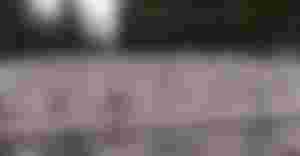
The conceptual design of the appearance of the Serbian military cemetery was obtained in the same year at a competition, and it is the work of the architect Aleksandar Vasić, whose idea was developed by Nikolaj Krasnov. All the material for the construction of the cemetery came from Serbia, where it was previously processed. Therefore, preparations for the beginning of construction lasted until 1933, because large quantities of hewn stone had to be prepared for the construction of the mausoleum, chapel and ossuary, and about 2,000 marble crosses.Cypress seedlings brought from Hilandar were planted around the Serbian cemetery in order to give eternal guard to the fallen freedom fighters. Cypresses today leave a very strong impression on visitors.

During the Second World War, the guard Đorđe Mihailović, the son of the above-mentioned Sava, managed to save the cemetery from Nazi looting by burying valuable books and relics. From the main entrance to the cemetery, a wide path leads to the ossuary above which is a chapel whose entrance is on the other side. The interior of the chapel is decorated with inscriptions of all units and main battlefields. Below the plateau on which the chapel is located is a crypt. From the entrance, the stairs lead down to the central room, from which the side corridors fork, in the walls of which there are marble slabs of the dead who are buried there. The grave peace of the crypt is only from time to time disturbed by the sounds of the song Tamo daleko, which, in the words of Vojin Đordević: "Nowhere more appropriate has this exile song of our sorrow and longing found its place, like here in the ossuary on Zejtinlik."
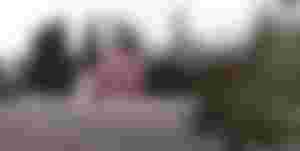
The Serbian cemetery is the central part of the complex on Zejtinlik. 5580 Serbian warriors who died on the Thessaloniki front are buried in the ossuary. There are 10 plots around the mausoleum in which another 1440 Serbian warriors are buried, and there are also two common graves where 78 unknown Serbian warriors from the Thessaloniki front and 217 unknown Serbian warriors transferred from Constantinople are buried. The Serbian cemetery also includes the so-called "Partisan Cemetery", where 126 partisans who died in Nazi camps in Thessaloniki during the Second World War are buried.

If you are visiting Greece, in any part, be sure to visit the Serbian Military Cemetery in Thessaloniki. The best time to visit is until noon, when Grandpa George is there. Since he is already 86 years old, he received a replacement, so he is not at the cemetery all day. If you do not see him at the time of the visit, look for him in the house where he lives, to the left of the path leading to the mausoleum, but avoid it during the rest period from 14:00 to 18:00 and after 20:00. You can bring some gift or side dish. And if you are lucky, Grandpa George will take you through the complex, explain to you what it is and recite the famous verses of Vojislav Ilić Jr. carved in the chapel of the cemetery:
"Unknown stranger, when you happen to pass by Next to this holy common grave You know, they found eternal refuge here The greatest heroes of today. "

I would recommend it to everyone, if you ever visit Thessaloniki, stop by Zejtinlik
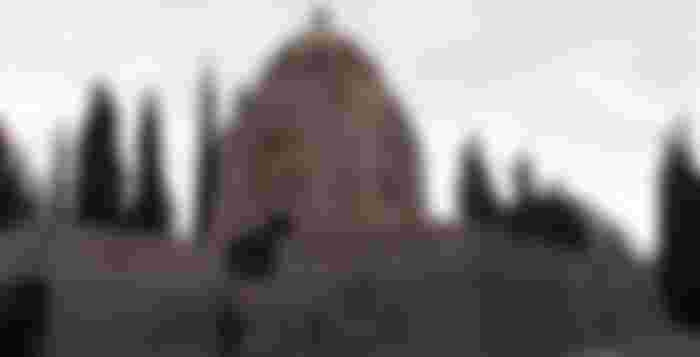
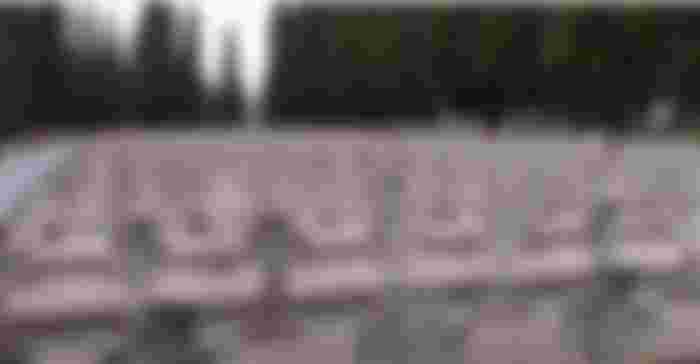

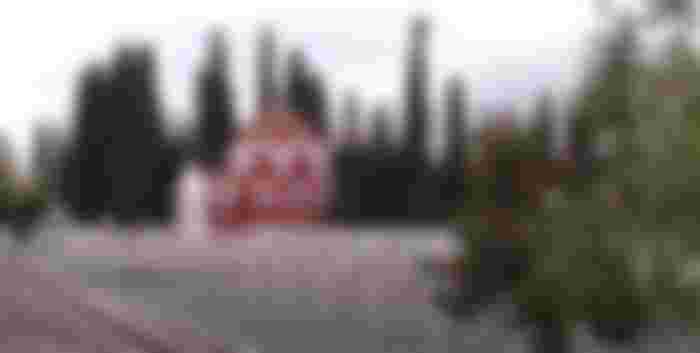


There far, far from the sea, There is my village, there is Serbia.
Far away, where the flowers have no end, There are my favorites, there is my homeland.
Far away, near the Sava and the Danube, There is my joy, there is Belgrade.
Where the enemy destroys and destroys everything, There are my courts, there is Kolubara.
Far away, where the sun no longer shines, There is my love, there is Šumadija.
Where the cold flows the Morava, That's where my icon stays, that's where my glory is.
There in the hills of Cetina where the road is, There my mother's tears, shed every lap.
Where Timok greets Veljko's city, There they burned my church, where I got married young.
Where the Drina destroyed the wet grove, That's where my love stays, that's where my hometown is.
Far away, where a yellow lemon blooms, There was the only way for the Serbian army.
Far away, where the white lily blooms, There they gave their lives, together father and son.
Without a homeland, I lived in Corfu, But I always shouted, long live Serbia!